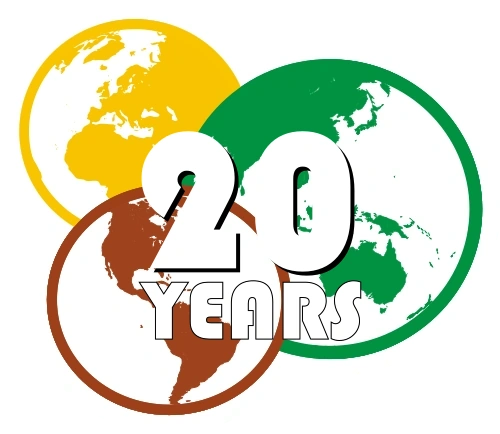Travel between different universes, or as it is known by its scientific name, an "orthogonal multiverse coordinate change", is a form of space travel. To be precise, quantum technology is used to travel to another place in the multiverse.
Our universe (or OTL) is just one of an infinite number of universes, existing in parallel. Each of these universes is splitting or branching all the time, so there is a universe in which the Axis powers lost World War II, and another where they won; a universe where Kennedy died, and another where he survived; a universe where the War on Terror began with 9/11, and another where the Twin Towers are still standing. And also a universe where you missed your train home from work, and one where you were on time to catch it. These multiple universes make up what is referred to as the multiverse.
Reality is much greater than just what we see in our universe. Other universes exist and they sometimes interact with our own. It's the nature of the multiverse. Within the multiverse, the universes are constantly splitting, which means that many other universes are very similar to ours. And it is the similar ones that interact.
International Technology Corporation (ITC) has the technology to travel to these other universes. They can make wormhole connections in quantum foam, subatomic fluctuations of space-time. Quantum foam is a remnant of the birth of the universe. The universe had begun as a single, very dense pinpoint of matter. Then, eight billion years ago, it exploded outward from that pinpoint - in what was known as the big bang. After the explosion, the universe expanded as a sphere. Except it wasn't an absolutely perfect sphere. Inside the sphere, the universe wasn't absolutely homogeneous - which is why we now have galaxies clumped and clustered irregularly in the universe, instead of being uniformly distributed. The expanding sphere had tiny, tiny imperfections in it. And the imperfections never got ironed out. They're still a part of the universe, at subatomic dimensions.
Quantum foam is just a way of saying that at very small dimensions, space-time has ripples and bubbles. At these very small, subatomic dimensions, the structure of space-time is irregular. It's not smooth, it's sort of bubbly and foamy. But the foam is smaller than an individual atomic particle. There are wormholes in that foam and they can be used travel. You can transmit anything, as long as you have a way to compress and encode it. Even the information for an entire human being.
The information that is the complete description of a human being - all the billions of cells, how they are interconnected, all the chemicals and molecules they contain, their biochemical state - is compressed by using a lossless fractal algorithm. They compress the information equivalent of a person with compression algorithms, methods to pack data on a computer, so they take up less space. Like JPEG and MPEG for visual material. All compression programs work the same way. They look for similarities in data. Suppose you have a picture of a rose, made up of a million pixels. Each pixel has a location and a color. That's three million pieces of information - a lot of data. But most of those pixels are going to be red, surrounded by other red pixels. So the program scans the picture line by line, and sees whether adjacent pixels are the same color. If they are, it writes an instruction to the computer that makes this pixel red, and also the next fifty pixels in the line. Then switch to gray, and make the next ten pixels gray. And so on. It doesn't store information for each individual point. It stores instructions for how to re-create the picture. The data is cut to a tenth of what it was.
The description of a three-dimensional living object requires so much data that you need massive parallel processing. Parallel processing is when you hook several computers together and divide the job up among them, so it gets done faster. That much processing is done by using the quantum characteristics of individual electrons. This done by a quantum computer, an extremely powerful computer using all thirty-two quantum states of an electron instead of making calculations by using two electron states that are designed one and zero like ordinary computers. The advantage a quantum computer is unimaginably great power - so great that you can describe and compress a three-dimensional living object into an electron stream. Exactly like a fax. You then transmit the electron stream through a quantum foam wormhole and reconstruct it in another universe. And that's what ITC does. It's not quantum teleportation. It's not particle entanglement. It's direct transmission to another universe.
But this requires you to destroy the original, so that it can be reconstructed at the other end. You can't have one without the other. It's difficult to think of this in traditional terms. Since a person is instantaneously reconstructed at the very moment they are destroyed they don't actually die, they've just moved somewhere else.
To rebuild someone, you don't need a "fax machine" at the other end. The interference pattern occurs by itself and this interaction is very reliable. It will always occur. If we transmit through a wormhole, the person is always reconstituted at the other end. When you transmit, the person is being reconstituted by the universe. This is because at the moment of transmission, the person is already in the other universe. And therefore the person doesn't need to be rebuilt by ITC. It's simply a characteristic of the multiverse.
A multiverse transfer creates a sort of potential energy, like a stretched spring that wants to snap back. So someone can come home relatively easily.
